-
Last updated on
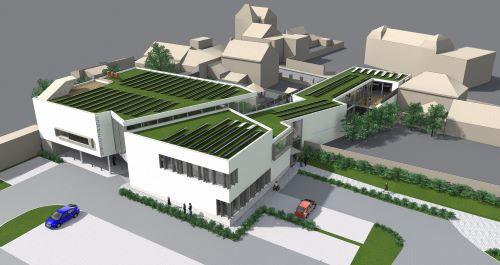
This is how the library in Dour will look like in 2023.
In this series, we are giving people the opportunity to demonstrate the positive impact of the EU, for each of the 6 priorities of the current European Commission. Today part 3: A Europe fit for the digital age. With this theme, the EU is aiming to ensure that it achieves its goal of a climate-neutral Europe by 2050 and that people and businesses benefit from the digital transformation.

Carlo Di Antonio
Carlo Di Antonio – a former Minister in the Walloon Government – is currently the full-time Mayor of Dour. This municipality in the Borinage (Hainaut) region, not far from the French border, is particularly well-known for its friendly music festival, of which Di Antonio is a co-founder.
With 17,000 inhabitants, Dour is not very large, but it still fulfils an important regional function. For example, 2,500 children attend school, some of whom come from the surrounding municipalities. At the same time, a lot of elderly people live there.
It was therefore a pity that the library in Dour had remained unchanged for 40 years and was totally out of step with new, digital possibilities. ‘That's why in 2014, we took part in a call from the EU organised through the Walloon region,’ says Di Antonio. ‘The call was open to innovative projects that linked knowledge to technology and would put that at the service of the public and businesses. The buildings had to be completely passive.’
Learning center
The call was a perfect fit for what Di Antonio had in mind. ‘We wanted to create the library of the future,’ he says. ‘Think of a place where the visitor can consult online documentation, use tablets and organise video conferences. Or where people can borrow books (and e-books) digitally or look up books elsewhere that we don't have. The library would also conduct a variety of digital workshops for a wide audience. Participants can bring their own laptops or use the equipment at the library.’
But the learning center, as it is known, has another important component: a center for remote working. Di Antonio: ‘Whether your company or organisation is based in Brussels or Charleroi, anyone who has permission from their manager will be able to work from that center. Companies from the region will also be welcome. Because not every SME or self-employed person is equipped to contact customers throughout the EU, for example. At the learning center, they'll be able to hold video conferences, among other things. We especially want to support young start-ups.’
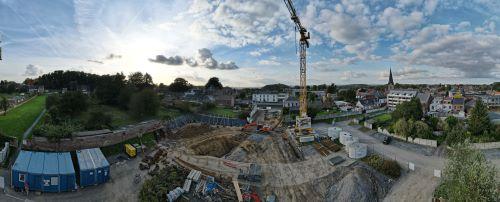
For the time being, it is still a construction site, but the geothermal drilling is already done.
100% passive
The idea of installing a remote working center there had been around long before the coronavirus pandemic. The project has only become more topical today. Di Antonio: ‘During the coronavirus crisis, it became clear that many meetings could just as well be held virtually. We therefore need to move around less, which is good for the environment and the climate.’
The beautiful, contemporary project aims to be sustainable in yet another way. ‘The building needs to be a calling card for the region that shows what is possible in terms of energy-efficiency. We're aiming for a 100% passive, climate-neutral construction. With solar panels, but also with geothermal energy, for which we drill 50 m deep. That should be enough to heat the building completely independently in winter and cool it in summer.’
The Dour learning center project was submitted jointly with La Louvière and Charleroi. Only the Dour project was approved. Since then, the foundations have been laid, the walls erected, the geothermal channel drilled. The whole thing should be ready by early 2023.
Calling card for the region
Although the administrative monitoring is quite complex, Di Antonio says, this does not prevent him from being extremely satisfied with the funding. ‘Without the EU, we would never have been able to achieve our learning center,’ he concludes. ‘Our municipality contributed 10% of the budget; the rest came from the EU and the Walloon Region.’
The learning center will in any case be able to fulfil its role as a calling card, helping to put Dour and the surrounding area on the road to a sustainable, digital future. Thanks to the EU.
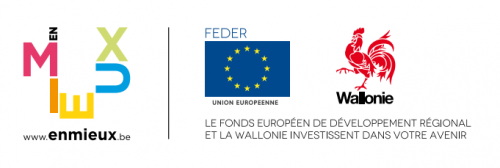
More on Cooperation
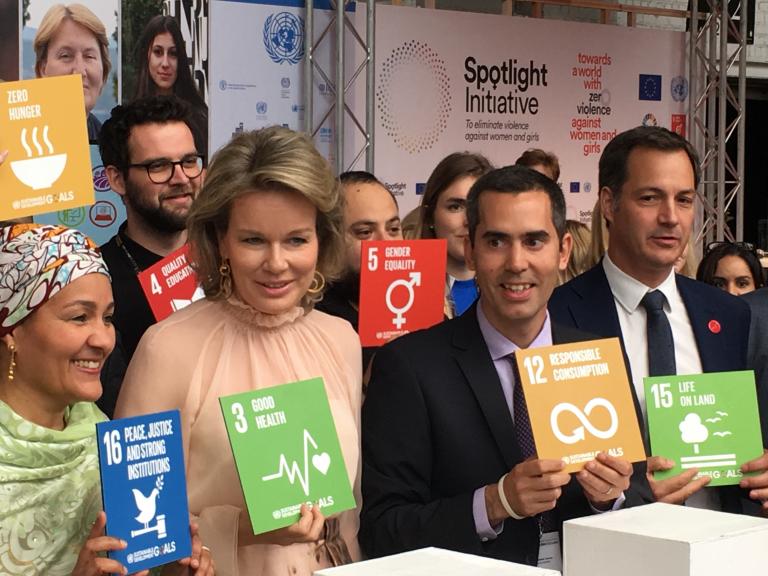
H.M.Q. Mathilde: ‘The SDGs must be put at the top of the global agenda’
Interview - The Sustainable Development Goals (SDGs) form a roadmap towards a better world in 2030. There are just under 10 year...

Art & diplomacy, a close duo
From Rubens to Hergé, it is impossible to imagine our society without art. But did you know that it also has unprecedented impor...
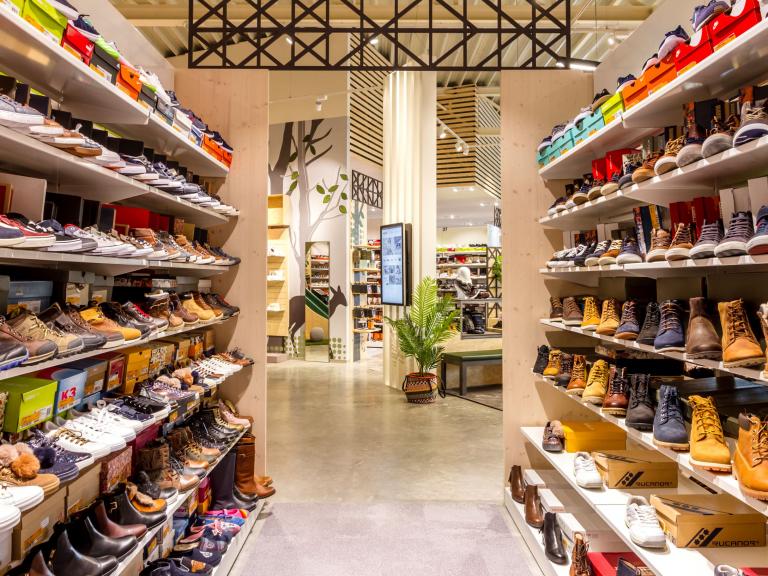
Wouter Torfs: ‘EU makes it easier to do business’
Wouter Torfs – CEO of the eponymous chain of shoe stores – prefers to pay in euros rather than pesetas. He is also extremely sat...
